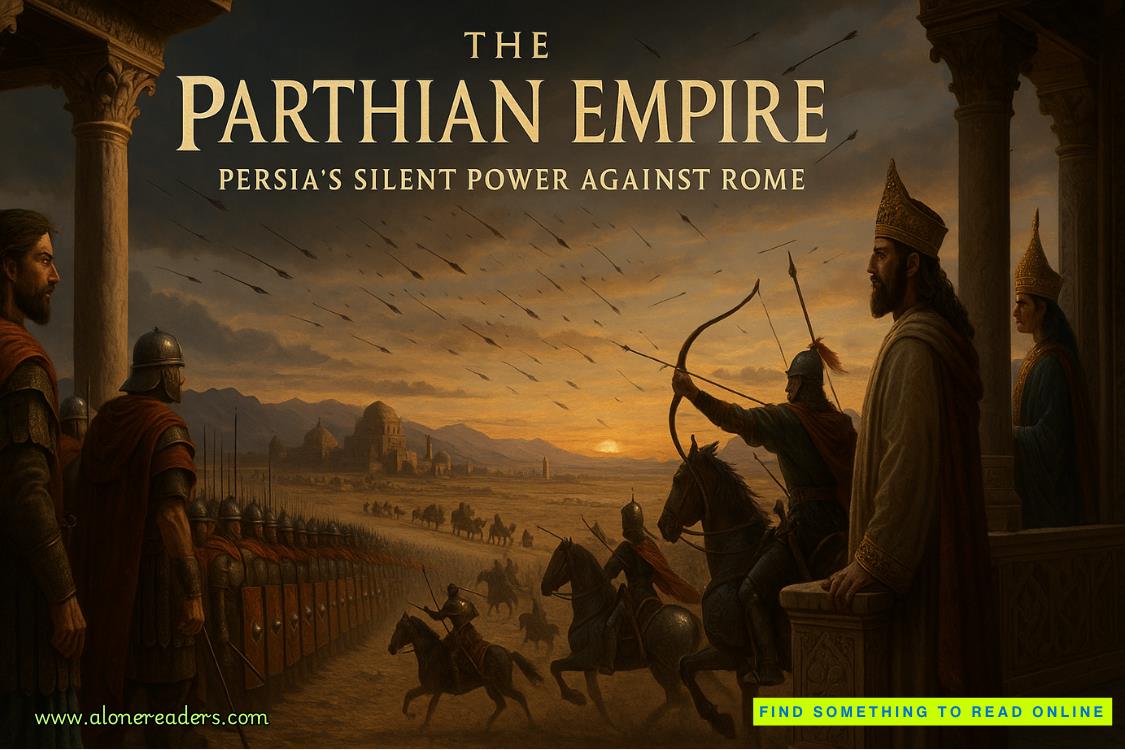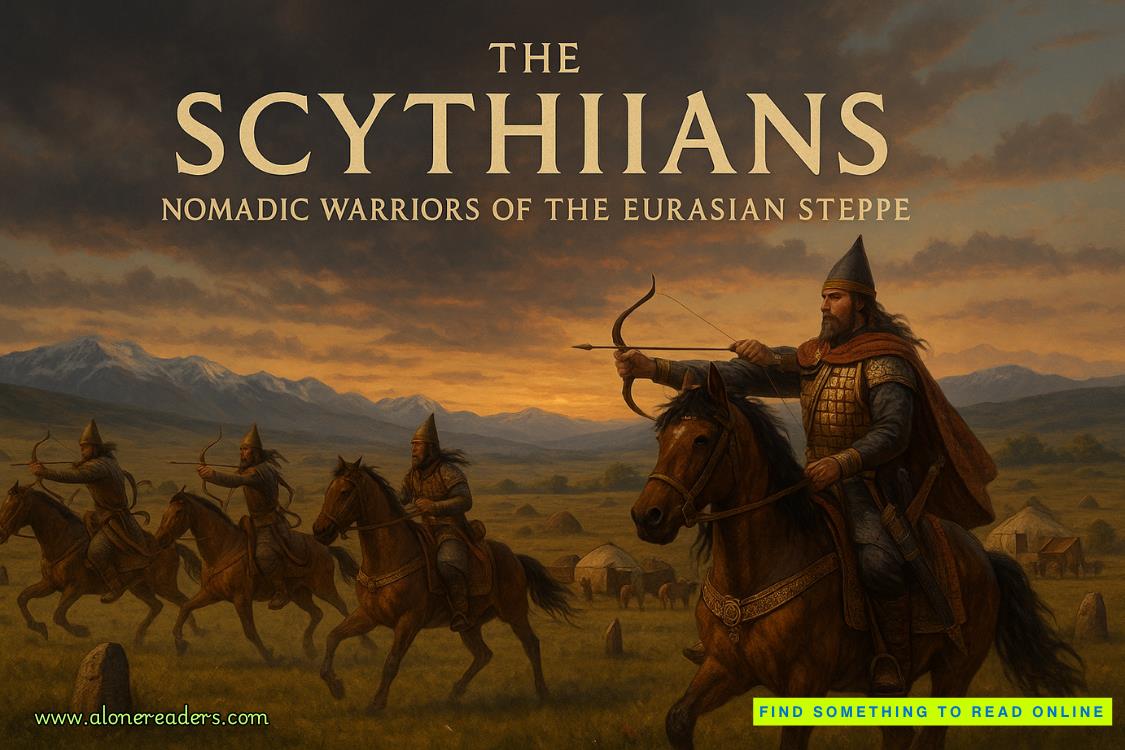Page 4 of My Unscripted Life
“Wear this at all times so security doesn’t think you’re some creepy fangirl and have you escorted off set,” she says by way of explanation. I get a silent thrill from knowing I get to be in the building with a bunch of movie people and willnotbe considered a creepy fangirl. I slip the lanyard over my head while Carly rummages in a drawer, then slaps a piece of paper down on the desk. The form is packed full of hundreds of lines of teeny tiny text. “And sign this.”
She tosses me a pen from the mug next to the computer. I catch it and sign, hoping it doesn’t obligate me to shave my head or dance a jig anytime someone says the words “peanut butter.” I slide the paper back across the desk. She takes it and slips it into a hanging file in the top drawer, which she closes with her hip.
“You can keep your phone on you, but onsilent.Not vibrate. Not low volume.Silent.And no pictures of sets or actors or script pages,” she says. “You donotwant to be on the receiving end of Rob’s yelling if he hears your phone or sees you taking unauthorized photos.”
After seeing his meltdown in the outer office just moments ago, I believe her, and I decide it’s probably best to keep my phone in my bag.
Carly heads for the door, and at this point I already know to follow without question. My heart is pounding a million beats a minute, so I try to calm myself with this fact. See? I’m already learning something. When Carly moves,go.
While we’re walking, I take a moment to peek at the card. The top readsJUST ONE COLOR, which I assume is the title of the movie we’re working on. Underneath is a grainy picture of me, my hair, which I’ve worn down, taking up most of the frame. You can barely make out my face in the technologically distorted image. I look like a Hobbit who’s had a very hard week. Underneath that is my name,DEE WILKIE, and beneath that it saysCREW. I can’t suppress the smile that spreads across my face as I take it all in.
I don’t have too much time to celebrate, though, because Carly is pushing through a set of heavy double doors into the cavernous warehouse attached to the back of the offices. It takes a moment for my eyes to adjust to the dim light, and even once they do I can barely see through the dusty haze of sawdust floating through the air.
“It’s best to breathe through your nose in here, unless you want to be coughing up plywood for the next forty-eight hours,” Carly says, shouting over the sound of a symphony of power tools buzzing and hammering all around us. She pulls the collar of her soft red T-shirt up over her nose and mouth, muffling her words. “They’ll be done with interior construction in a day or two, so then it’ll be fine.”
I nod, squinting so I don’t get an eyeball full of wood chips. She charges through the building, stepping over cables and boards and weaving around scaffolding. She checks over her shoulder periodically to make sure I haven’t face-planted. And I might, because I keep taking my eyes off my path so I can take in all that’s happening around me.
There are crew members everywhere in cargo pants and heavy boots, thudding around with massive tool belts hanging off their hips. They’re building what looks like a giant plywood pyramid dotted with a few windows. The walls rise a full two stories over my head. Through an opening, I see that though the outside is completely unfinished, the interior looks like an attic apartment, complete with worn wood floors and peeling wallpaper, an ancient-looking efficiency kitchen in one corner. It’s like a life-sized dollhouse. A man inside is hanging a broken-looking iron chandelier from the ceiling.
“This way,” Carly calls, and I realize I’ve stopped moving to stare. I jog after her to the back wall, where she’s holding a door open for me. I step through into another warehouse room with soaring ceilings that looks like something that might be found in the basement of a museum. There are rows and rows of metal shelving extending high above my head. A rolling ladder leans up against one shelf in the back. Half the shelves are full of knickknacks and other items that I guess are props. Carly leads me to the middle row, where a short Asian woman, her dark hair pulled back in a severe ponytail, is lining empty beer bottles on a lower shelf, all of them affixed with labels I don’t recognize.
“Dee, this is Ruth. She’s our production designer. Ruth, this is your intern. Her name is Dee, and so far she doesn’t seem to totally suck.” Carly turns to me with a warm smile, as if she’s just given me a ringing professional endorsement, and hey, I’ll take it. “I’ll see you later,” she says, then disappears back into the warehouse.
Ruth dusts her palms off on her bell-bottom jeans and stands up, extending a hand to me. I notice that she’s wearing a worn gray T-shirt with the Allman Brothers’Eat a Peachalbum cover on it. I want to ask her if it’s vintage or a reproduction, or if she knows that the Allman Brothers recorded the album right here in Georgia, just a few towns north, but before I can ask anything, she says, “Ever done anything like this before?”
“Uh, no, ma’am,” I reply, tugging at the strap of my bag. “They said I was going to be a runner?”
Ruth rolls her eyes. “This is a small production. Everybody is doing bigger jobs than normal, and that includes you.” I’m shocked to hear that this, the warehouse and the construction and the crew of people running around, is considered asmallproduction. What in the world does abigproduction look like? “You can put your bag right here,” Ruth says, snapping me out of my wonderment. She directs me to a desk in the back that’s stacked high with dinnerware, everything from plates to bowls to coffee mugs, all looking chipped and dingy, like they came from a thrift store. “We’ve got security, so it should all be safe, but still, don’t bring your diamond tennis bracelet to work.”
I take my bag off my shoulder and place it on the desk. “I don’t have a diamond tennis bracelet,” I reply, but the way she raises her eyes at me makes me realize she was probably joking. It’s hard to tell with her deadpan tone, but I can tell that if I don’t want to annoy her, I’d better figure it out quick.
“And none of that ‘ma’am’ stuff,” she says. “I know it’s the South and you’re taught that crap, but we don’t have time for politeness around here. There’s lots to be done, and it needs to be done fast and right, so there’s no need for niceties.”
“Yes, ma—” The reflexive response catches in my throat, and I quickly swallow it down. I put my bag where she pointed, beneath a tall metal work table covered with stacks of paper and file folders.
“Welcome to props,” Ruth says. Her voice is completely matter-of-fact, even as she sweeps her hand across the rows of shelving like a sarcastic game-show hostess. Then she shuffles over to the work table and pulls a stack of papers from the top, thrusting them at me. “Prop lists for our first on-location shoot. Pull everything listed here and pack it in boxes.Carefully.” She gives me the evil eye, and it’s more than enough to make sure I handle everything on the list with all the delicacy of a curator at the Louvre. Before I can ask where to find boxes or if there are any other instructions, she mutters something into her headset, rolls her eyes, and disappears out the door.
After two hours of pulling glassware from shelves and packing it into big plastic trays, the kind you find in restaurants and catering trucks, I’m starting to get the hang of Ruth’s intricate system. I’ve been able to glean some of the finer details from her when she makes quick appearances in the prop room. I usually have time to get one question in, maybe two, before she starts muttering into her headset and disappears out the door again. But even without too much assistance, I’m starting to understand it, or at least fall into the flow.
Her inventories are all coded by scene and character. Everything I’m packing is marked “BG,” which I find out means “background,” which is what they call extras. The scenes are marked with roman numerals—we’re shooting the first two scenes next week—and they both take place in some kind of space where drinks will be served, though I’ve been given no details about the actual scene itself. It’s only my first day, but already production feels like putting together a thousand-piece puzzle when you’re only given just ten pieces at a time.
“Don’t forget the juice,” she says, pointing to a case of sparkling apple and grape juice bottles. At first I wonder if this is going to be a scene set in a kindergarten, but after a few minutes of staring at the amber colors of the juice and the various bar glasses, I realize that the liquids will be standing in for alcohol. See? I’m starting to get the hang of this props business.
As I resume stacking pint glasses into the racks, I try to imagine them in the scene, but I don’t even really know what the movie is about. I kind of thought my first day would be spent reading the script, but as I watch people dash around, their arms full of papers, cell phones and headsets glued to their ears, I realize how stupid that was. There’s no time for anything quite so leisurely as reading. And I definitely can’t ask Ruth. I’m pretty sure all I’d get is one giant eye roll. I guess I’ll figure it out once we start shooting next week. Or maybe I won’t figure it out until I see the thing in the theater. Or at the premiere. Do the interns get to go to the premiere? Probablynot.
As soon as I fill a rack, I heft it, careful to lift with my knees (as Ruth barked at me during one of her lightning-fast appearances), and move it onto the top of a finished stack. I’m trying to keep the rattling of glass to a minimum. I don’t want to know what the punishment is for breaking something, but I’m sure it can’t be good.
The room has been mostly quiet. I’m tempted to pull out my phone, but I’m terrified someone will think I’m snapping a picture and have security toss me out into the parking lot. Ruth’s the only person who’s been in here with me, and that’s only sporadically. Otherwise it’s just me and the props. It’s only been two hours, but already I feel at home here. Which is how I can tell immediately when someone new has entered. Maybe it’s the lack of exasperated muttering or the fact that the echo of the new person’s steps is slower than Ruth’s hurried shuffling. And then the footsteps stop, and the back of my neck prickles and sends a little shiver up to my ears.
Somehow I know without turning around who it is.
“Uh, hair and makeup?”
The voice is deeper than I remember from our middle school dance parties, but it still matches all those soulful ballads and poppy hits.It’s him.For a moment, nothing seems real. Not the racks of props or the papers in my hand. And definitely not Milo Ritter, who is standing in front of me looking lost and more than a little annoyed.
His face is the same one that’s stared out at me from four album covers and countless magazines. I’ve seen those lips singing into the camera on TV and telling charming anecdotes on late-night talk shows. I’ve seen those dimples scroll by in GIFsets online and watched what must be hours of videos featuring those electric-blue eyes (not that I’d admit to still watching those). His face even stared out at me from my locker when I was in eighth grade, back when Milo had more of a long-haired-surfer vibe going on. I taped the picture up on the first day of eighth grade, just after his first album hit number one. I stared at it every time I opened my locker to find a textbook or hang my sweater, and it stayed there until just before winter break, when Aaron Eisenberg ripped it down, singsonging about how only losers listened to Milo Ritter. Even though the shaggy hair is gone, replaced by a closer-cropped do and the slightest hint of blond stubble, it’s still unmistakably him. If nothing else, those piercing blue eyes give him away.
But back in the real world, where I’m not having fond memories of practicing kissing on a poster of Milo Ritter (not that I did that…but I totally did), I blink at the real-life Milo Ritter. I think he’s asking me where hair and makeup is, but what comes out of my mouth is “Oh my God you’re Milo Ritter.”















